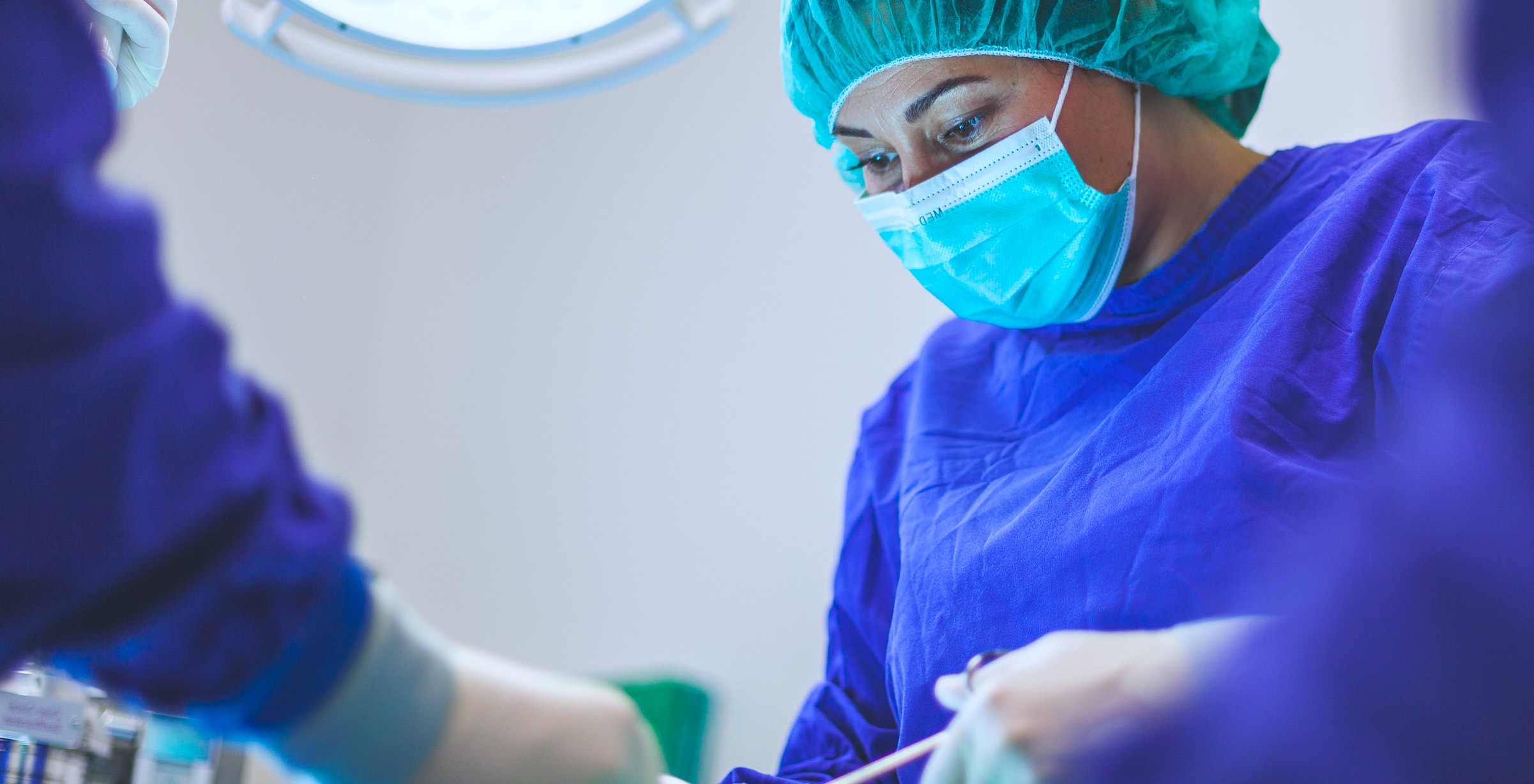
Rachel Newcombe & Julie Mawson
Medical Imaging Department, University of Cumbria

Diagnostic radiography students are required to provide evidence of the learning undertaken whilst on clinical placement which occurs beyond the university campus. This had been captured for many years via a trusty A4 folder, filled (or partially filled as was often the case) with various sheets of paper providing the necessary evidence. For most students this was easily achievable, but for some producing a well presented and complete portfolio was more problematic. The final paper-based portfolio was presented at the final exam board before students graduated and it was not uncommon, by the time this date was reached, for several key documents to have gone missing, necessitating frantic searching or pleading with clinicians to complete more evidence. The medical imaging team recognised that an online portfolio would solve many issues being faced and would provide the additional benefit of allowing the academic team access to the students’ clinical progression evidence, even when the students were away from campus on placement. We needed to design a portfolio that still accurately captured the clinical learning taking place whilst allowing us to demonstrate that key competences were being met, and that would also be available online and provide a safer way to store key evidence of practice.
Students welcomed the introduction of the online workbook as it meant that saving and uploading documentation could be done on their mobile phones and other electronic devices. This made evidence easier to collect and transfer. Unlike the paper-based model, there is no versioning as there is only one workbook in existence and it is always up to date. This makes it very easy both to navigate and mark. The shared nature of the portfolio was also welcomed as this could be accessed 24/7. The portfolio was always available to all parties via any browser or mobile device connected to the internet, whether on clinical placement or in the academic environment. This case study outlines the approach taken, the results and lessons learnt.
The above case study is just one of twenty-five brilliant examples from our 2020 'Charting new courses in learning and teaching' conference. With case studies spanning degree apprenticeships, clinical assessment, interprofessional education, showcase portfolios, and many other contexts and disciplines, they are real stories of trailblazing innovation. If you'd like to download all 25 exemplars of pedagogical goodness, click the link below.